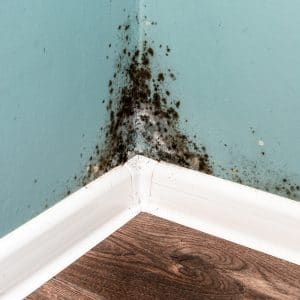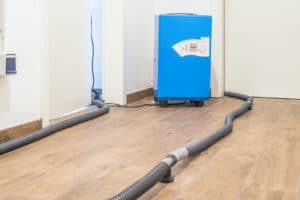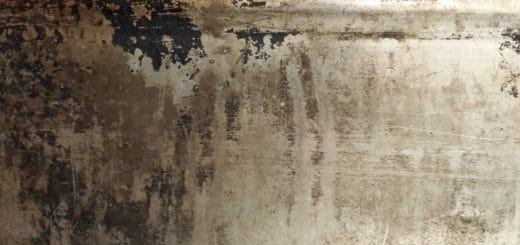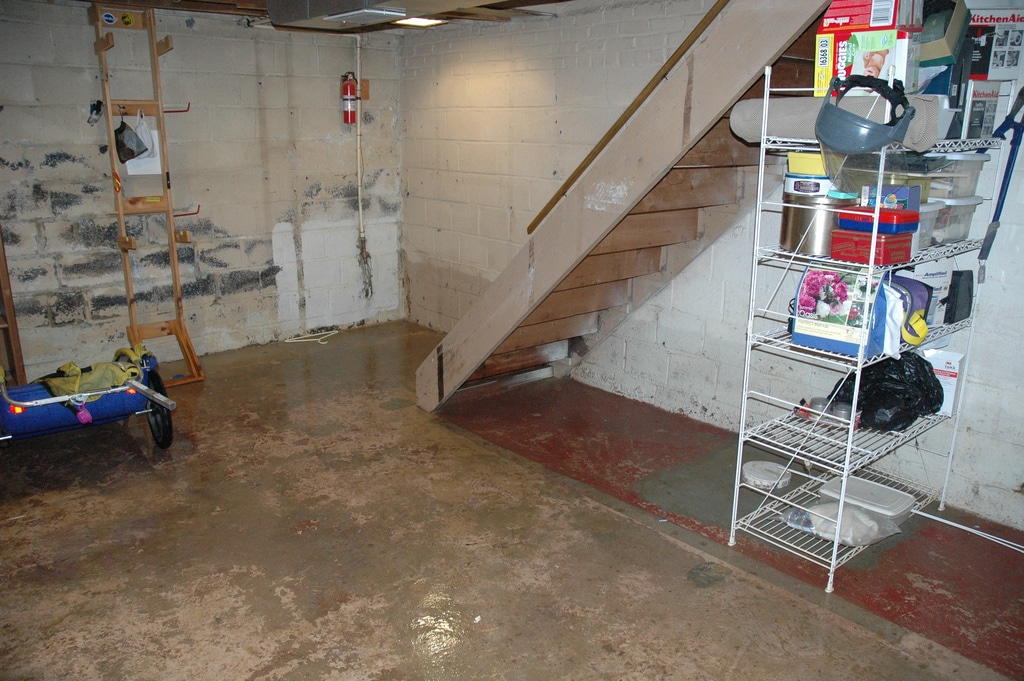4 Steps to Take After Your Home is Flooded
Floods can happen suddenly and without warning with multiple sources, such as falling water, a natural disaster, or a broken home water system. Regardless of the cause, it is essential to follow these 4 steps after your home is flooded to keep family safe and hopefully recover items affected by water damage:
1. Protect Yourself and Your Family
The most important thing to protect in case of a flood is the lives of all residents inside the house. If you and your family were forced to evacuate because of the severe floodingFlooding is the overflow or accumulation of water in areas t... More, wait for the local authorities to confirm your home is safe before returning. Structural damage and mold growth pose significant risks to the residents of the house and should be inspected.
If you were able to remain in the house during the flooding, use certain safety precautions as you inspect the damage. Turn off all water and electricity in the home during the inspectionInspection is the careful examination and assessment of a pr... More and use a flashlight. Wear rubber gloves, waterproof boots, and an N-95 mask when encountering the water or items damaged by the floodingFlooding is the overflow or accumulation of water in areas t... More. Check for serious structural damage, such as cracked foundations, warpingWarping is the bending, twisting, or distortion of materials... More wood, or broken ceilings/floors.
Damage to the structureStructure refers to the framework or components of a buildin... More of the home can cause the foundation to collapse and people inside can be hurt by these accidents. Floodwater contains health risks, such as waterborne diseases and possible hazardous chemical substances, so these precautions are not to be taken lightly if you intend to live in the house. If it is unsafe to do so, stay nearby at a shelter, hotel, etc.
2. Call Your Insurance Company
Call your insurance company immediately. Do not attempt any flood cleanup or repairRepair is the act of fixing or restoring damaged property, m... More before you speak with your insurer. Work out the coverage you will receive with your insurance agent by explaining the cause of the flood and providing pictures of the damage inside your home. It is important to have documentation of the flood damage on hand so you can get proper coverage of all your possessions from your insurance company. Failing to do so will leave you in a tough spot because you will be unable to prove certain items were damaged by the flood.
Unfortunately, flood damage restoration is not covered in most insurance policies, so uninsured flood victims will be forced to pay out of pocket for repairs. The FEMA National Flood Insurance Program requires the government to provide coverage to flooded homes, but even with aid from the government, flood repairs are costly. It’s best to get flood insurance, even if you are in a low-risk area.
3. Remove Floodwater
Get approval from your insurance company to remove water before you begin the process. Water removal is hard work, but a straightforward process. Use a sump pumpA sump pump is a pump installed in a basement or crawlspace ... More and a wet vac to drain the water from your home and open all windows so fresh air can circulate.
4. Call a RestorationRestoration is the process of returning a property to its pr... More Professional
Call a professional in water damage restoration to survey the damage and give you an estimate. Flood damage cleanup is considered an emergency service and many professionals are available 24/7.
Water Damage
Water damage is the most common effect of floodingFlooding is the overflow or accumulation of water in areas t... More and affects all parts of the home, from materials to furnishings, because it can be absorbed so easily. Water damage can affect the walls, drywall, and floors of your home, as well as the insulationInsulation is a material used in buildings to reduce the tra... More system and electricity lines. This problem should be addressed quickly because the damage will worsen the longer it goes untreated. Water-damaged structures also create the perfect environment for moldMold is a type of fungus that grows in damp or humid conditi... More to grow, which can become permanent.
Water damage cleanup services begin by removing moldMold is a type of fungus that grows in damp or humid conditi... More and excess water, then cleaning the damaged areas. Our services also include dryingDrying is the process of removing moisture from materials, s... More furniture, documents, and electronics to restore them.
Mold
Much like water damage, moldMold is a type of fungus that grows in damp or humid conditi... More will only spread and become worse if unaddressed. MoldMold is a type of fungus that grows in damp or humid conditi... More needs moisture to grow, so untreated water damage is often a source.
Being exposed to moldMold is a type of fungus that grows in damp or humid conditi... More for long periods of time can cause health issues, such as respiratory infections and allergy symptoms:
- Headaches
- Itchy eyes/throat
- Cough
- Irritated skin
Mold removal begins by checking for water damage and containing the moldMold is a type of fungus that grows in damp or humid conditi... More, if found. Our professionals will then repairRepair is the act of fixing or restoring damaged property, m... More or replace the structureStructure refers to the framework or components of a buildin... More unfortunately affected by moldMold is a type of fungus that grows in damp or humid conditi... More.
Cleanup Services
After threats, such as water damage and moldMold is a type of fungus that grows in damp or humid conditi... More, are removed from the home, it is time for the cleanup process. Luckily, restorationRestoration is the process of returning a property to its pr... More professionals also provide cleaning services for damage caused by floodingFlooding is the overflow or accumulation of water in areas t... More.
Our technicians can perform all kinds of cleanup jobs, such as hoarding cleaning, post-construction cleanup, trauma scene cleaning, window washing, and more.
Home Repairs
Once the damage in your home has been addressed and cleaned, the next step is to make repairs. RestorationRestoration is the process of returning a property to its pr... More professionals typically make repairs on items that have water damage, but if there has been other flood damage, you may need to address them yourself.
Obtain the report from the restorationRestoration is the process of returning a property to its pr... More company who did the initial inspectionInspection is the careful examination and assessment of a pr... More and use it to determine which parts of the house still need repairs and how severe the damage is. Call a contractor in the area or, if you are handy, do the repairs yourself, but take the necessary precautions.
Water Damage Prevention
Now that you are informed about the steps to take after a flood occurs, look into flood prevention steps that will make the next flood less damaging on your home.












